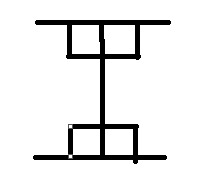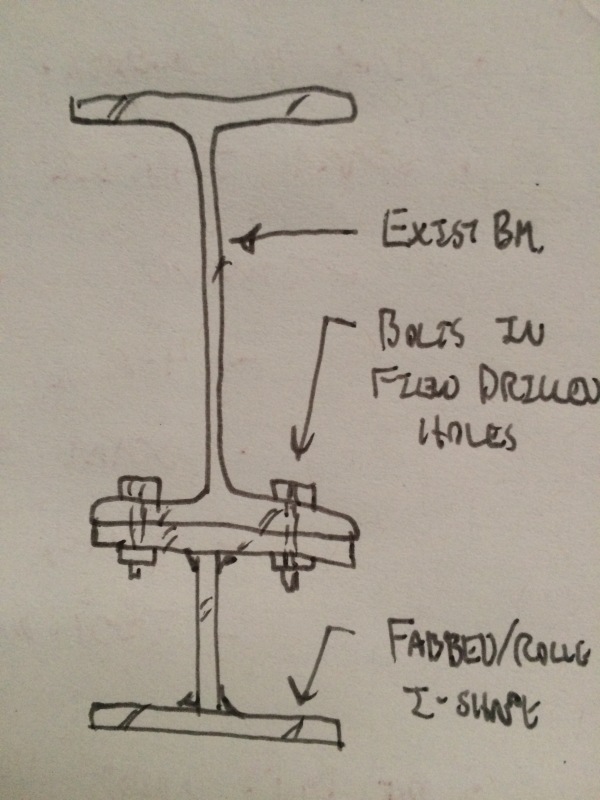Good Afternoon,
I am currently working on a modification to reduce the deflection on an 18' long beam. The load on the beam will be about 25 kips. My superior wants the to reinforce the beam in order to reduce the deflection due to operational loadings. I am thinking of unbolting the existing beam and replacing it. What are some ways of reinforcing a beam for deflection you guys have used in the past. Also, please see attached.
I am currently working on a modification to reduce the deflection on an 18' long beam. The load on the beam will be about 25 kips. My superior wants the to reinforce the beam in order to reduce the deflection due to operational loadings. I am thinking of unbolting the existing beam and replacing it. What are some ways of reinforcing a beam for deflection you guys have used in the past. Also, please see attached.


